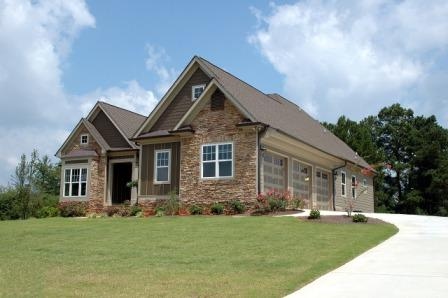Most consumers purchasing home insurance have an expectation, if their home is destroyed due to a covered loss, their insurance will pay to rebuild their home. That’s a reasonable expectation, particularly if the home is less than 50 years old and well maintained.
In most cases, home insurance policies are designed to provide replacement cost protection.* This means the insurance company will calculate the cost to rebuild based on the square footage and features of your home and provide coverage based on this replacement cost value.
While insurance companies utilize specialized property valuation software designed to accurately estimate the cost to rebuild a home their calculations are still only an informed estimate. A natural concern for a homeowner relying on an insurance company’s estimate of the cost to rebuild their home is what happens if the insurance company is wrong?
Fortunately, insurance companies have provided a solution to this potential issue by offering guaranteed replacement cost coverage, sometimes referred to as extended replacement or full replacement coverage. This is a rider that effectively says the insurance company will pay the full cost to rebuild your home even if the cost of doing so exceeds the limit of coverage stated on your policy.
The intention of guaranteed replacement coverage included in a home insurance policy is to alleviate concern for the homeowner of whether the insurance company’s calculation of the cost to rebuild their home is accurate. If your home is insured at a replacement value of $250,000 and wound up costing $275,000 to rebuild, with guaranteed replacement cost coverage, the insurance company would pay the difference.
There is generally a cap, typically an additional 25% – 50% of the dwelling coverage limit, for guaranteed replacement cost coverage on home insurance policies. There are also customarily stipulations the homeowner must agree to insure their home at the insurance company’s calculation of the replacement value and allow annual coverage and premium adjustments based on regional increases in building costs.
Perhaps most importantly, as this provision is often either overlooked or misunderstood by homeowners, there is also usually a requirement the homeowner notify the insurance company of any changes, renovations, or additions they complete that would increase the replacement value of their home.
* If the replacement cost of a home is significantly higher than the purchase price or market value the insurance company may not be willing to offer a replacement cost policy. In those instances the homeowner may be able to purchase a repair cost policy.

